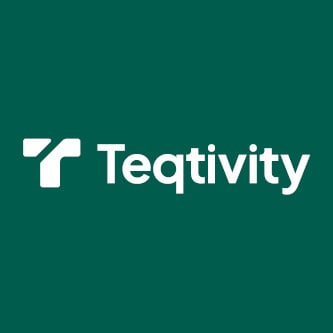More and more decision-makers are hunting for practical, cost-effective ways to apply generative artificial intelligence — and a formalized AI strategy is critical, said David Le Strat, chief product and technology officer for file transfer service ShareFile.
That means creating a gameplan not only for where AI should be applied, but how its use will impact the businesses’ processes, organizations, and crucially, its talent.
The CFO — as with many other digital transformation responsibilities — plays a critical role in drafting that plan: in Le Strat’s view, the primary responsibility of the CFO when it comes to implementing AI and GenAI solutions is “to drive change management and establish a strategy,” he said in an interview.
Isolating tangible value
Finance chiefs have occupied a growing place in their organizations’ digital transformation initiatives, especially as technologies like GenAI have received more attention — and more funds — from executive leadership.
GenAI spending is expected to reach $297.9 billion by 2027 — but as that spending grows, so does the scrutiny of the company’s AI budget, CFO Dive previously reported, citing data from Gartner. GenAI spending currently accounts for 4.7% of a company’s overall IT budget, a recent survey from Boston Consulting Group found, and is expected to grow to 7.6% of such budgets on average over the next three years.
For CFOs, that means the biggest challenge and potential point of inertia when it comes to implementing AI is pinpointing a use case for it, Le Strat said — and not just a particular use case, but one that justifies that growing expense. At the end of the day, the CFO “is a numbers person, so tangible value is key,” when it comes to determining how and where to implement new technologies, Le Strat said.
A veteran of the software space, Le Strat joined the Raleigh, North Carolina-based ShareFile in 2022, according to his LinkedIn profile. Before ShareFile, he served in various executive roles during a five-year tenure at software provider Citrix, and also previously served as senior director, product management for Oracle.
In order to effectively format their AI strategy in a way that identifies that tangible value, it’s important for CFOs to examine Gen AI “with managed expectations” in terms of where it could potentially be applied, Le Strat advised.
“That doesn't mean that you don't have a strategy, but that means that as a practitioner and the CFO in that instance, you don't necessarily need to boil the ocean on coming up with all these very complicated use cases,” he said.
Creating internal tech champions
Taking this approach is especially crucial as finance chiefs look to identity fact from fiction when it comes to what GenAI can realistically do; “this is the type of technology where we always oversell the short-term impact and we undersell the long-term transformational impact,” Le Strat said.
However, many organizations now are being asked to outline a clear return on investment for their GenAI initiatives, which is why identifying that “tangible value” early is critical. That also means having a clear, structured plan for how to train one’s employees on the technology and how it might impact certain processes, he said.
“I think that's the other piece as part of the change management process: how do you approach being able to build internal champions, have internal success stories that are demonstrating the value to the rest of the organization, and eventually to the stakeholders that are going to ask you, ‘why are you investing in this technology?’” Le Strat said.
Another key part of an effective AI implementation strategy is ensuring the business has “a clear policy around the internal use of AI,” he said. It’s crucial to ensure the business is protecting its intellectual property and sensitive information, so it’s key to “educate people on its true value,” he said. A close, trusted relationship between the CFO and other C-suite members such as the chief information officer is critical here, he noted.
“That partnership is fundamental so there is a clear policy, and there is a clear kind of technical strategy on what you can use to solve your problem,” Le Strat said.














